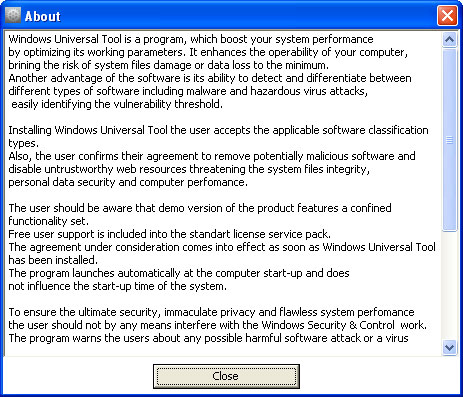
Agobot, released in 2002).Īn interesting example of a modern downloader is OnionDuke (discovered in 2014), carried by infected Tor nodes. In such cases, to get rid of the downloader it is necessary to find and remove the created keys and the hidden file.ĭownloaders and droppers emerged from the idea of malware files that were able to download additional modules (e.g. They copy themselves to some random, hidden file and create registry keys to run after the system is restarted, attempting to download the malicious modules again. If for some reason they haven’t removed themselves, they can be deleted manually.

In such a case, after a single deployment they are no longer a threat. They install the malicious module and remove themselves automatically.

To avoid detection, a dropper may also create noise around the malicious module by downloading/decompressing some harmless files.ĭownloaders often appear in non-persistent form.

They don’t carry any malicious activities by themselves, but instead open a way for attack by downloading/decompressing and installing the core malicious modules. Usually they are implemented as scripts (VB, batch) or small applications. Downloaders and droppers are helper programs for various types of malware such as Trojans and rootkits.


 0 kommentar(er)
0 kommentar(er)
